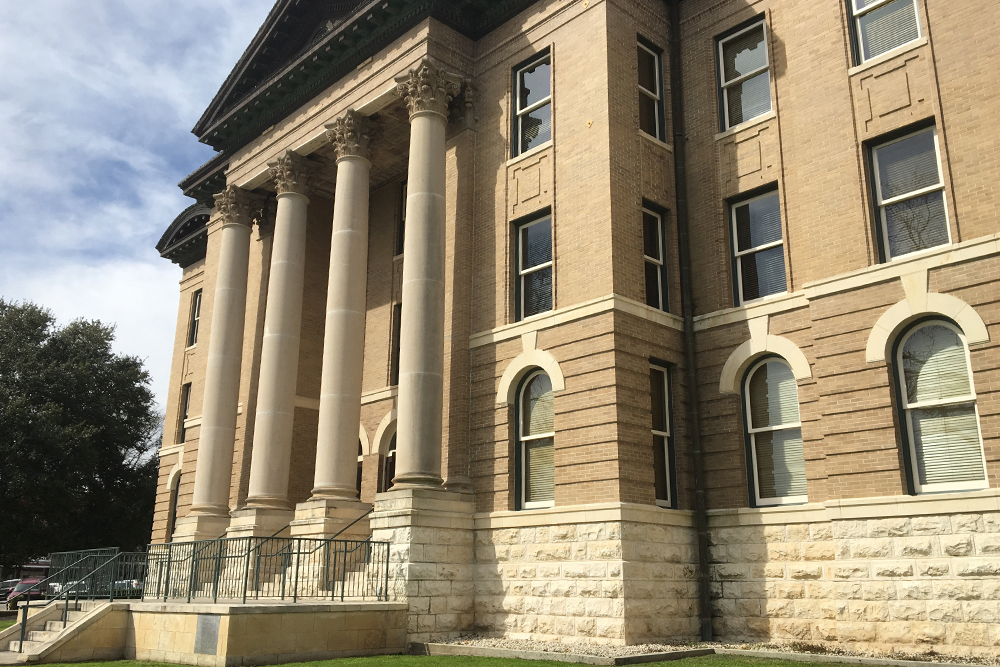
Hays County encourages conservation design for developers
Staff Reports
Hays County Courthouse, TX – Results of an 18-month study indicate that by establishing new, inventive rules for conservation development as an opt-in alternative, driven by an incentive-based approach, Hays County may benefit from more innovative development.
A conservation design option has been available to developers in Hays County for several years. Yet no developers have opted to select that design option. County officials wanted to know why – was it that conservation design wouldn’t work in the county’s unincorporated areas? Or perhaps other factors were in play, such as market expectations, regulatory hurdles, or financial challenges? The Court undertook a research study in 2019, dubbed, “Conservation Horizons, A Sustainable Future”, to gain insight.
Oversight of the project was from the County’s Natural Resources Coordinator (Alexandra Thompson), the Director of Development Services within the Environmental Health Department (Caitlyn Strickland at first, then Marcus Pacheco), and the general counsel for the Commissioners Court (Mark Kennedy). A subcommittee of Precinct 3 Commissioner Lon Shell and Precinct 4 Commissioner Walt Smith provided leadership and additional oversight.
“We knew there must be some perceptual or other barrier to developers who may want to build in a conservation-friendly manner yet hadn’t opted to utilize the county’s existing design option,” Commissioner Walt Smith, Pct. 4, said about why he championed the study. “It was important to hear directly from our rural stakeholders, members of the general public, and developers who could speak freely and provide us the kind of insight needed to help guide and encourage more conservation development projects.”
Under the county’s RFP process, the team hired a multi-disciplinary professional team to take a fresh look at ways to plan a better development future for the County, specifically focusing on the potential for a more robust and enticing conservation design program. The County selected Gap Strategies to lead the project.
Over the 18-month project, the team:
- Reviewed the county’s existing subdivision and development regulations
- Produced a report on the effectiveness of conservation design trends
- Identified groups and organizations that might have special interest or expertise on development, land ownership, and conservation design and surveyed them on attitudes, alternatives, and opportunities
- Sponsored a seminar on conservation development for local stakeholders and the public
- Prepared initial technical and administrative recommendations
- Conducted a “real world” design workshop, using planners, engineers, landscape architects, regulators, and financiers
- Refined recommendations and technical analysis based on public comments and the design workshop
- Developed a final set of recommendations, including proposed incentives to make conservation design more accessible in the County, and a set of criteria to qualify for incentives
The project planning team recommends the County use tailored, property-specific development agreements to implement this concept and to make conservation development an integral part of the regulatory framework of Hays County. This should allow the County to negotiate with potential conservation design developers within an established, public framework, while leaving room to weigh site-specific circumstances and considerations.
“Our project team uncovered useful, tangible information that will aid the county in conservation-minded growth in order to protect the culture and community of Hays County,” Smith said.
See the project website at www.haysconservation.com.






